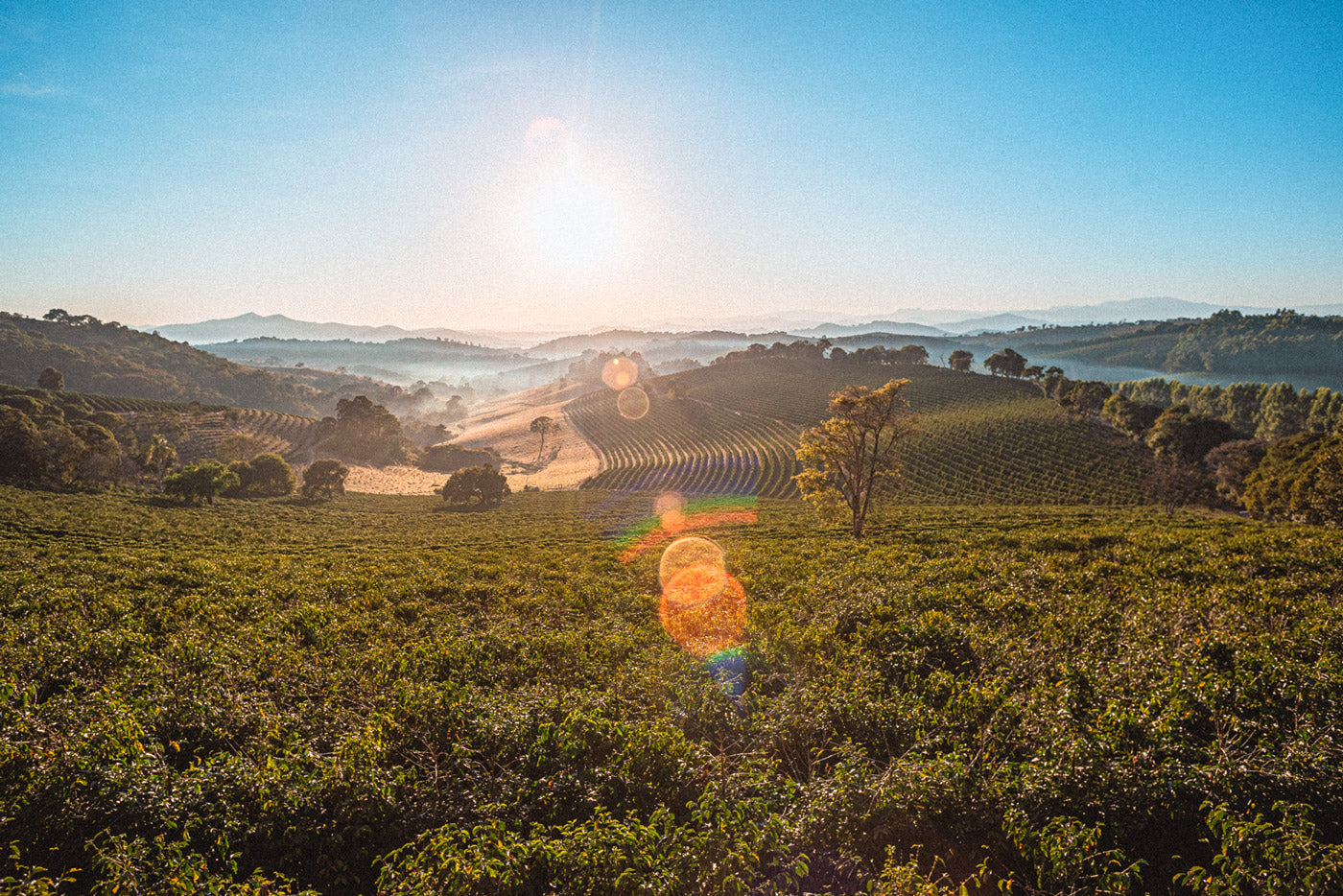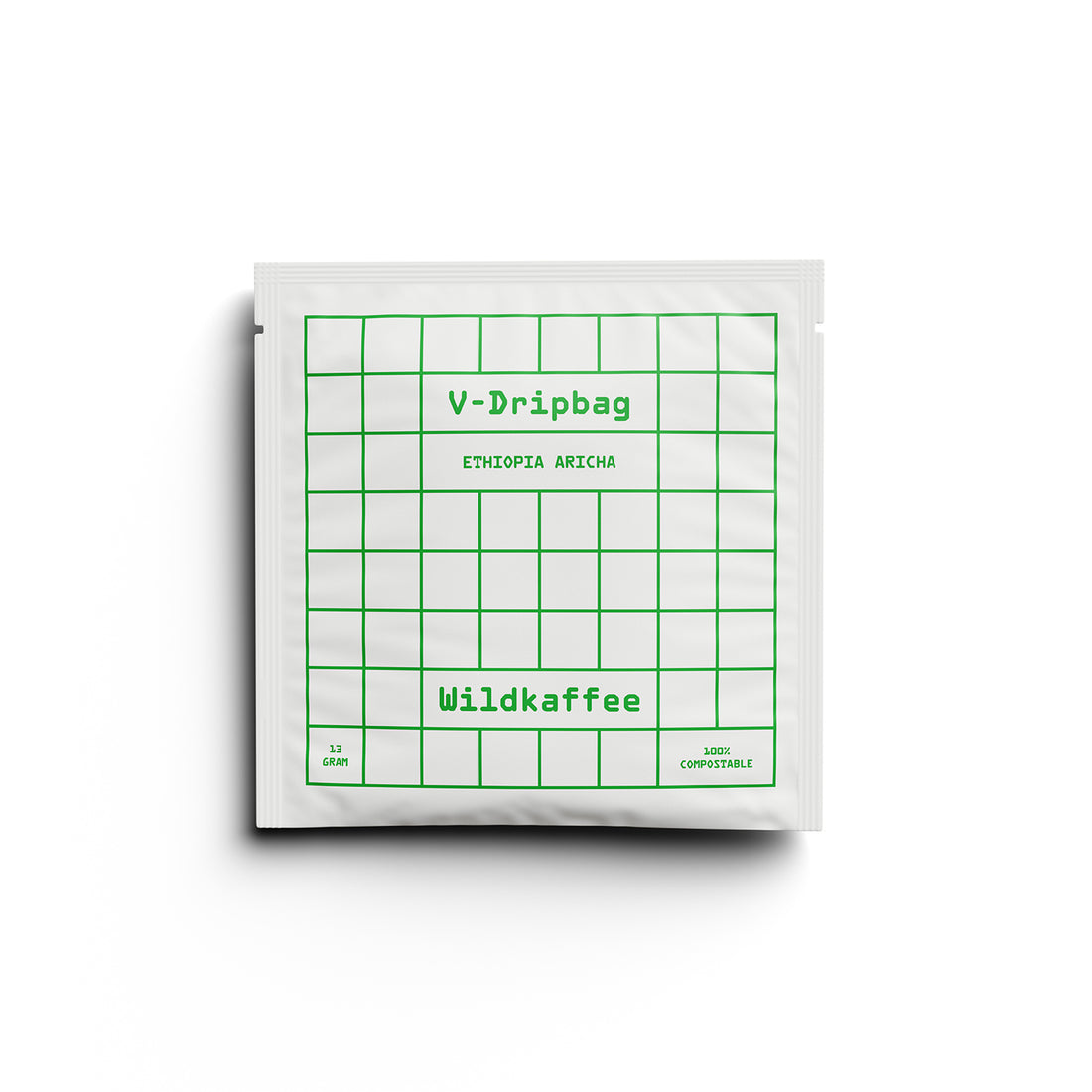Exceptional Coffee Growing Regions 2025: Regions, Profiles, Trends
Overview: Why exceptional growing regions are in focus in 2025
In 2025, the specialty coffee scene will focus its attention on coffee-growing regions that have previously flown under the radar. Dedicated producer groups, new processing methods, and better access to microlots are making these coffee-origin regions shine. From spice-focused Yemeni coffee to precise washed coffees from the Rwenzoris in Uganda to maritime-influenced lots from the Galápagos Islands—the diversity is growing. Transparency , microclimates, and clear style profiles are crucial for specialty coffee in 2025. At the same time, logistics, climate pressure, and investments are changing availability. This guide highlights the ten most exciting regions, their profiles, and what the 2025 coffee trends mean for roasters, cafés, and interested newcomers .
Map and quick overview of the ten regions
The following overview serves as a mental “coffee region map” and provides key characteristics of the ten exceptional regions of origin.
- Yemen (Highlands): Naturals with spicy notes, limited quantities, iconic tradition
- China – Yunnan: Quality improvement, honey and anaerobics, improved traceability
- Thailand – Northern Thailand: Community processing, clean washes, accessible sweetness
- Uganda – Rwenzori: Altitudes up to 2,200 m, strong naturals and structured washed
- DR Congo – Kivu: Bourbon-washed, project work, distinct structure and acidity profile
- Papua New Guinea: Smallholder, floral Arabicas, reliable Washeds
- Bolivia – Caranavi/Yungas: high sweetness, clarity, Caturra & Gesha
- Galápagos (Ecuador): marine climate, strict regulation, very limited
- Nepal – Annapurna: Emerging Origin, clean, bright and balanced
- Myanmar – Shan State: structured quality development, experiments with fermentation
In our shop you will also find exciting growing regions - such as Indonesia.
Methodology: Selection criteria (altitude, varieties, processing, cup scores)
The selection is based on four pillars:
- Altitude : Focus on 1,400–2,400 m above sea level with stable day-night amplitudes
- Arabica varieties: From Typica, Bourbon and Caturra to Gesha; local landraces where relevant
- Preparation: Clean Washes, precise Naturals, Honey and controlled Anaerobic Variants
- Cup scores : consistent 84+ points; top lots significantly higher, depending on vintage and processing.
Additionally weighted: traceability, project stability, logistics risks and price transparency .

Yemen: Highland microlots and spice-focused naturals
Yemen remains both myth and reality: ancient terraced fields, very small plots, and natural wines with deep spice and dried fruit notes. In 2025, the lot selection improved—with greater clarity and a lower proportion of defects.
Harvest window 2024/25 and procurement situation
- Harvest: mostly October to January, dry ripening until March
- Procurement: limited micro lots, narrow export window; long lead times, prepayment common
- Risk: political and logistical volatility; secure contracts and robust import partners are mandatory
Varieties and profiles (Typica, Dawairi, Ismaili)
Old landraces such as Typica derivatives, Dawairi, and Ismaili characterize the cup profile: cardamom, cinnamon, dried dates, cocoa, and often a velvety texture. Top lots deliver 87–90+ with precise drying and close sorting.
China (Yunnan): Quality improvement through honey and anaerobics
Yunnan coffee has made significant progress in just a few years. Controlled honeying processes and clean, relatively mild anaerobic processes bring sweetness, floral nuances, and ripe stone fruit to the cup – with a stable structure.
Producer structures and traceability
- Structure: medium-sized farms and co-ops with central processing stations
- Traceability: Farm/block-level lots, digital batch tracking are increasing
- Profile: Honey, yellow peach, jasmine; medium acidity, clean finish
Thailand (Northern Thailand): Community Processing and Clean Washeds
Northern Thailand is establishing itself as a reliable source for sweet-spot coffees: friendly, clear, accessible, and versatile in roasting.
Flavor profiles and microclimates
- Profiles: Caramel, red apple skin, cocoa; honey often contains tropical fruit
- Microclimates: 1,300–1,700 m, cool nights promote acidity
- Community Processing: shared washing stations improve consistency and defect reduction

Uganda (Rwenzori): High altitudes, natural vs. washed
The Rwenzori Mountains produce robust, characterful coffees. Naturals emphasize dark berries, while washed varieties add more structure and freshness.
Cherry quality and drying practices
- Picking : ripe, dense cherries are crucial; sorting before drying
- Drying: on raised beds, improved air circulation; protection from rain is critical
- Profiles: Blackberry, plum, cocoa in Natural; citrus, red berry, brown sugar in Washed
DR Congo (Kivu): Bourbon-washed and project work
DR Congo Kivu coffee benefits from cooperative projects that enhance quality , safety, and export potential. Bourbon-washed lots impress with their clarity, fine acidity, and sweet core.
Stability, Logistics and Impact
- Stability: regional challenges remain, project networks reduce risks
- Logistics: Sea routes via Mombasa or Dar es Salaam; forward planning necessary
- Impact: Premiums flow into car washes, training and safety work
Papua New Guinea: Smallholder structures and floral Arabicas
Papua New Guinea coffee comes predominantly from smallholder farmers in high-altitude valleys. Clean washes with floral notes and a light sweetness are the hallmark—versatile for filter and light espresso roasts.
Preparation, logistics and roasting recommendations
- Processing: Fully washed with meticulous fermentation and parchment drying
- Logistics: Collection and quality cluster, then export via Lae; secure samples early
- Roasting: light to medium roast; short Maillard, longer development for floral clarity
Bolivia (Caranavi/Yungas): High sweetness and clarity
Bolivia is considered an insider tip: Caranavi and Yungas produce balanced, crystal-clear cups with high sweetness and fine acidity.
Varieties (Caturra, Gesha) and elevation profiles
- Altitude: 1,400–1,900 m, cool Andean climate
- Varieties: Caturra, Catuai, increasingly Gesha for top micro lots
- Profiles: candied citrus fruit, blossom honey, light nougat; very clean finish

Galápagos (Ecuador): Marine climate, regulation, limitation
Galapagos coffee is unique: maritime influences, protected area regulations, and very small production quantities. The lots are rich, fine, and expensive—collectibles for discerning cards.
Sustainability and price levels
- Regulation: strict environmental regulations, limited inputs; focus on biodiversity
- Sustainability: lower harvests, higher production costs, but intact ecosystems
- Price: Top price segment with few bags per vintage
Nepal (Annapurna): Emerging Origin with clean cup
In 2025, Nepal showcased delicate, clear cups with a light sweetness – a new coffee origin with potential for filter bars seeking elegance.
Current Cup ratings and potential
- Scores: often 84–86 in early lots, rising
- Profile: green apple, bright citrus, white tea; light body structure
- Potential: with investments in processing and sorting, leaps are realistic
Myanmar (Shan State): Structured quality development
Myanmar is developing a consistent quality chain. In addition to solid washed varieties, exciting anaerobic profiles are emerging – fruity yet clean.
Market opening and process experiments
- Market: improved export channels, growing importer partnerships
- Processes: controlled fermentation (24–72 h), mainly anaerobic natural/honey
- Profiles: red fruits, tropical accents, balanced acidity, clear line
Comparison: Altitudes, varieties, processes, flavor profiles
- Altitudes: highest in Yemen, Uganda, Bolivia; moderate in Thailand and China
- Varieties: Yemen (landraces), Kivu/Rwenzori (Bourbon), Bolivia (Caturra/Gesha), Papua New Guinea (Typica/Bourbon)
- Processes: Natural dominance in Yemen and Uganda; Washed starch in DR Congo and Papua New Guinea; Honey/anaerobic in China, Thailand, and Myanmar
- Profiles: Spice/Dried Fruit (Yemen), Berry/Cocoa (Uganda), Blossom/Citrus (Bolivia/Papua New Guinea), Stone Fruit/Honey (China/Thailand)
Harvest calendar 2025 and purchasing timing
- Yemen: Harvest Oct–Jan, Ship Feb–Apr → Samples Q1/Q2 2026
- China and Thailand: Harvest Nov–Feb → Arrival Q2/Q3 2026
- Uganda and DR Congo: Harvest Jun–Sep (main), secondary bloom Jan–Mar → Arrival Q4 2025/Q1 2026
- Papua New Guinea: Harvest May–Sep → Arrival Q4 2025
- Bolivia: Harvest May–Aug → Arrival Q4 2025
- Galápagos: small windows, very limited → advance reservation required
- Nepal/Myanmar: Harvest Nov–Feb → Arrival Q2/Q3 2026
Tip: Secure samples early, stagger contracts, and synchronize arrival windows with roasting schedules.
Buying tips for roasters and cafes (risks, contracts, price points)
- Risks: political/climatic volatility (Yemen and DR Congo); logistical delays (Papua New Guinea, Galápagos Islands).
- Contracts: Lot-specific specifications (moisture, water activity, cup notes), clear quality thresholds and replacement clauses
- Price points: Uganda/DR Congo mid-range; China and Thailand moderate to premium; Papua New Guinea and Bolivia rather premium prices; Yemen and Galápagos Islands top prices
- Diversification: Portfolio of 2–3 workhorse origins plus 1–2 signature micro lots
- Traceability: Farm data, process logs, photos/coordinates increase credibility
Storage and roasting profiles by origin
- Storage: 16–20 °C, 50–60% relative humidity; GrainPro or equivalent; lot tracking per pallet
- Yemen: delicate naturals – roast gently; shorter roasting time, moderate development, focus on sweetness and spice
- China and Thailand: medium loading temperature, gentle Maillard; Honey/Anaerobic benefit from clear profiling
- Uganda and DR Congo: Washeds with structured acidity; slightly longer Maillard, precise first-crack exit
- Papua New Guinea: floral clarity – easy batch management, longer development phase for sweetness
- Bolivia: high transparency – light roast with tight development to emphasize flowers and citrus
- Galápagos: very limited – test roasts in 100–200 g; minimally invasive to preserve marine subtleties
- Nepal/Myanmar: balanced curves; avoid overly aggressive roasting aromas to preserve subtleties
Further steps: Plan tastings with blind cuppings, document roasting curves for each origin, share results with import partners, and curate a small but diverse portfolio. This way, exceptional origins will remain more than just a trend in 2025—they will shape your offerings sustainably. #staywild




